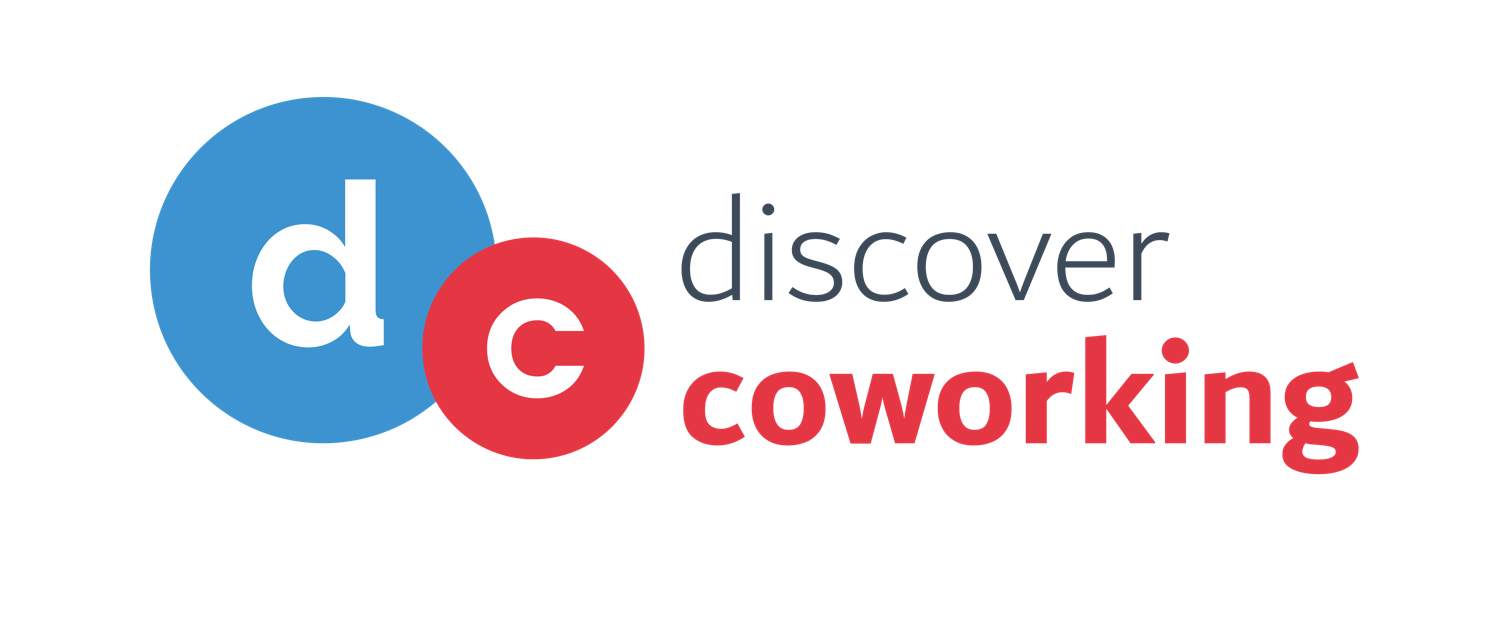On Day 1 of Global Coworking Unconference Conference (GCUC), a session was held by Chris Garvin Of Terrapin Bright Green. Chris discussed the problems faced by typical offices and how wellness, sustainability and people-centric approach can stop them.
Chris explained how the idea of modern day coworking has sprung up from old age coffeehouses and pubs. Today the story of coworking has been a largely phenomenon. It’s been a story about breaking work free from the boxes that we have put it in. Work has become a state of mind and not just a place that you go to. For example, if you are doing creative work, any place that has a wi-fi signal becomes a work space. The scale of work has escaped beyond the office buildings out into the public realm. Manhattan or London have been filled with giant skyscrapers but these are at best forty percent occupied. Utilization rates of those skyscrapers is small because people are out there, getting work anywhere at all.
Jane Jacobs in her book ‘The Economy of Cities’ argues, Chris informed us, that work is a process that starts when someone with a skill that they have learned breaks away and forms up with another person to start a new enterprise or a process. This is a largely urban phenomenon. Cities are places where people can break away from individual firms, meet other people and create these enterprises. It is a vibrant, fertile ecosystem that created prosperity.
Coworking captures those same energies. It is about taking new combinations in new social networks and compressing them into a community. 40-50 years ago, cities were expected to collapse. People fled to the suburbs. What happened in the past decade is that the suburbs, and not the cities, have failed, a major indication of which is that retail is appearing to be going through a terminal crisis. There is a billion square feet of surplus retail space because a lot of the retail stores are dead. In New Jersey, for example, there are around one hundred and fifty thousand abandoned parking spaces and seven thousand parks worth of empty land. Nobody knows what to do with this space. Buildings developed for millions of dollars are now left empty and the spaces left to waste, Chris noted.
This is where coworking comes in. It can be a great way of using these abandoned spaces and turning them into something productive.. Silicon Valley is one of America’s most expensive and sought after work spaces and Hewlett-Packard (HP) is what shaped this pace in its beginning years. What people do not realize is that people at HP were the original co-working community managers. They used to walk around and connect with the various projects and make associations with their heads and that’s how you got massive levels of innovations.
There has been a diminishing returns to scale for the classic corporate firm. After a certain level of growth, corporates cannot seem to generate new ideas. No matter what firm you are, most of the smartest people are working for somebody else, which is true because tech giants like Google, Apple and Facebook do actually own the smartest people in the field. So the questions facing many corporations is, how do we work with the smartest people? Where to find them? How to engage them? Some companies are just realizing that they need to step up their game and get better people to come work for them if they want to survive in the business and so they started bringing their alumni back in on an ad-hoc basis.
There is a small firm called Brilliant Communications, which started in the basement of one of the owners. Later, they decided to move to another business, ‘WeWork’, to use it as a platform to grow their business. When they moved to WeWork, in their very first year they met around four or five hundred people, prospective clients and expanded their network enormously. Co-working for them is not just about a physical space in a physical community, it is about a whole vector of going forward from that, which is causing a lot of people to move out of such formal places and move into co-working spaces. Co-working is not just about being in a physical space in a physical community, it’s about the whole vector of going forward and creating a sort of new network organism from that.
A series of reports on coworking showed that a third of the companies, when they grow up, will move from their conventional office spaces, a third of them are not sure and the remaining do not want to ever leave the co-working spaces and it makes sense for them to not want to leave because they found these incredible benefits, they are meeting people, learning faster, solving problems and being so much more productive as a whole and these spaces are not that more expensive than a conventional office space.
Population growth is moving back into the suburbs but the money is moving into downtown cities. Cities have capitalized on these shared workspaces to harvest these energies and propel them forward. Cities with the highest numbers of LinkedIn connections were growing faster than the ones without. People are willing to pay more for greater accessibility to everything. New York And co-working has been a huge chunk of this story. A research paper came out arguing that almost all of the job growths since the recession has been in part time gig work, the rise of the freelancer economy. Retails are falling apart. Co-working and software companies are taking over the world and changing everything. People want to have face to face physical meetings. This need cannot be killed.

